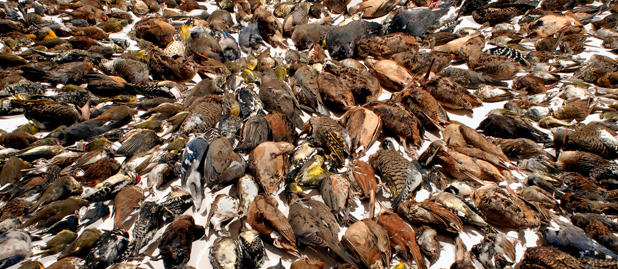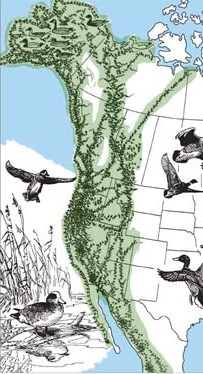
Tourists aren’t the only out-of-towners that flock to the city by the bay. Each year, more than 250 species of birds stop in San Francisco during their fall and spring migrations, said Judith Pynn of the Golden Gate Audubon Society. But birds passing through the big city on the Pacific Flyway can be thrown off by unfamiliar terrain, particularly windows.
They either don’t see the glass, or see a reflection and try to fly through it. “They may mistake it for a habitat [or] may see their own reflection and think it’s a rival and try to attack,” said Pynn, a resident of the Outer Sunset in San Francisco. She said a bird flew into a window in her home a few months ago. Pynn suspects that the window’s reflection of a nearby tree may have lured the bird to its death. “It’s a real hazard,” she said.

According to the National Bird Conservatory, between 100 million and one billion birds die each year from colliding with glass windows of commercial or residential buildings.
In 2011, San Francisco passed the first standards in the country aimed at reducing the hazards of commercial buildings by requiring window film or lighting adjustments. Now, the San Francisco Planning Department is enlisting the help of volunteers like Pynn to measure the damage caused by residential windows.
Once a week during the fall, Pynn will walk around the perimeter of her home in search of dead or injured birds. If she finds anything, she’ll report it to the Planning Department.
